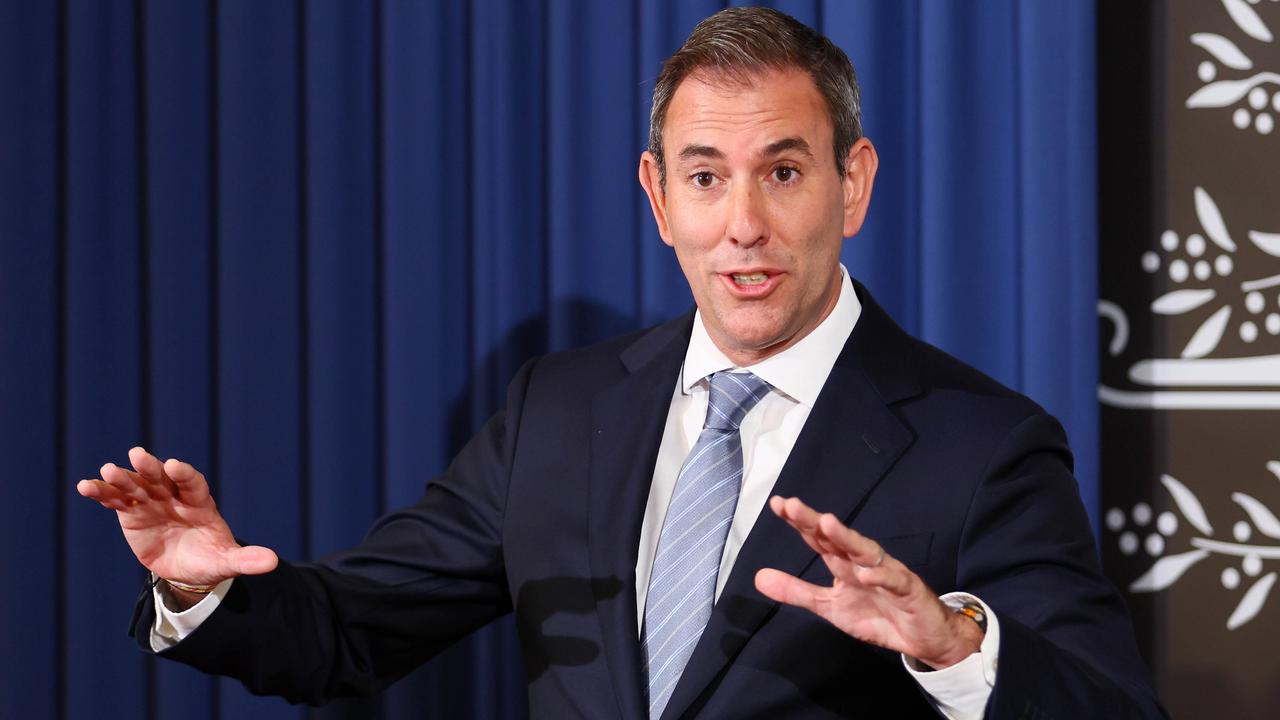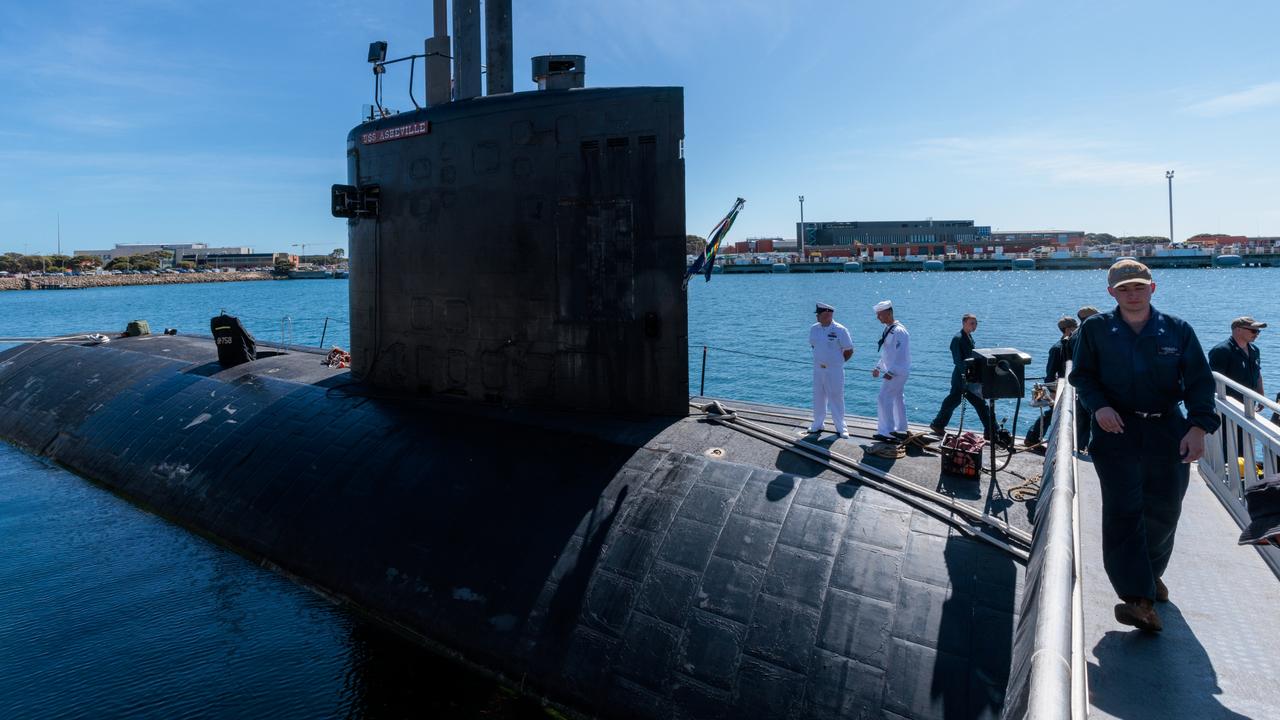Australia’s defence budget spending lower than Donald Trump’s demands
Australia is on a collision course with US President Donald Trump, with the budget failing to significantly boost defence spending despite increasing threats from China.
Federal Budget
Don't miss out on the headlines from Federal Budget. Followed categories will be added to My News.
Australia is on a collision course with US President Donald Trump, with the budget failing to significantly boost defence spending despite increasing threats from China.
The Federal Government allocated just 2.1 per cent of GDP to defence, rising to 2.3 per cent by the early 2030s but well short of Mr Trump’s demands for governments to boost spending to 3 per cent.
The total defence budget was estimated to come in at $56.6 billion in this year’s budget at a time of rising threat that includes China having conducted military exercises off Tasmania in recent weeks.
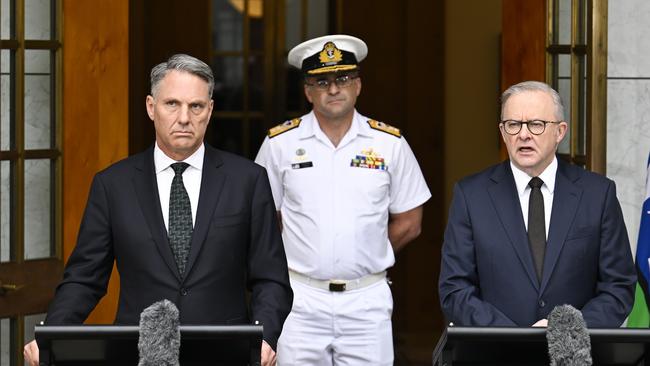
Defence Minister Richard Marles has failed to allocate any new money to the F-35 joint strike fighters program, capping the program at 72 aircraft despite the Coalition pledging $3b to increase the fleet to 100 jets.
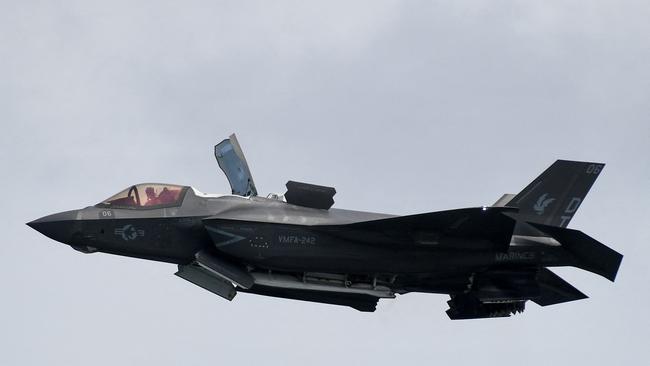
The Defence Portfolio statement in the Budget Papers revealed there would only be money for spare parts for the F-35 fighters.
“During 2025-26, the project will deliver the next tranche of spares, continue to upgrade the U.S. based software laboratories, and finalise the sovereign Maintenance Repair Overhaul and Upgrade capability,” page 121 of the statement said.
The Budget Papers did not include any media releases about defence, with opposition defence spokesman Andrew Hastie earlier this week saying Mr Marles had “once again lost out” when it came to the allocation of national security spending.
Former Labor defence minister Kim Beazley had called on the Albanese Government to supercharge Australia’s defence spending to 3 per cent to reflect the new demands under Mr Trump.
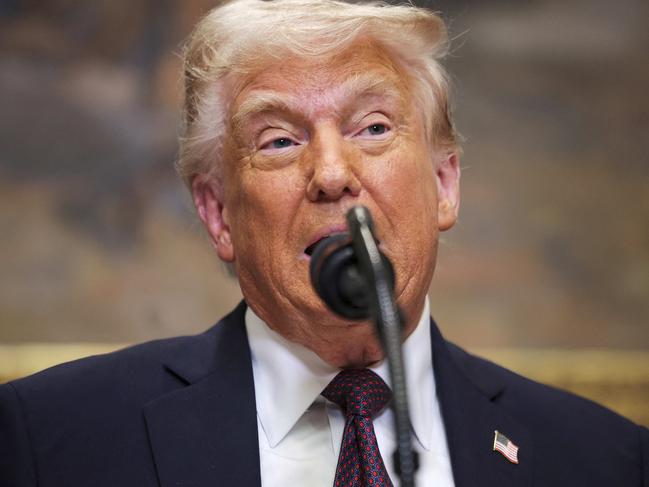
Defence officials had also warned that defence spending was going backwards in real terms because inflation had cut the defence department’s spending power.
Treasurer Jim Chalmers did not mention defence spending until the 15th page of his budget speech, allocating just six paragraphs to “securing Australia’s place in the world”.
However, the defence portfolio statement promised to increase defence personnel by 10,000 in the next decade to 69,000.
The statement also promised to improve “processes to enable faster recruiting so that skills gaps can be identified and addressed more quickly”.
And the ADF was “widening eligibility criteria to enable more people to join” including allowing foreign soldiers to join its ranks if they were “eligible permanent residents.”
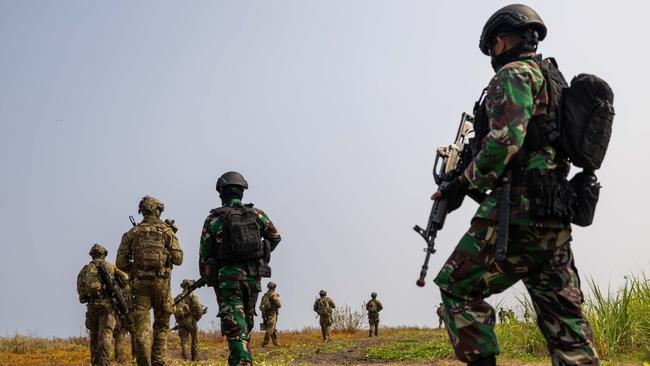
There were estimated to be 15,392 navy personnel, 27,773 army personnel, and 16,208 air force personnel this year, the defence portfolio statement said.
However, there was a warning that the army would shrink next year unless it could find new recruits, while the navy and air force were “expected to continue to grow.”
The ADF was planning to continue retention bonuses of up to $40,000 to keep highly skilled existing personnel.
The budget overview stated that the total spending on defence would hit $330b over the years to 2033/34.
The AUKUS nuclear powered submarines project was expected to create 20,000 jobs in Australia over the next 30 years, with almost half of those started before 2030.
There was a modest extension of spending on the Ukraine war, with another $36m allocated in the next five years for Operation Kudu.
That’s on top of the $1.3b already spent on the conflict, however it reflected the increased likelihood of a ceasefire as Mr Trump demands Ukraine does a deal with Russia to end the war.
More Coverage
Originally published as Australia’s defence budget spending lower than Donald Trump’s demands




